N.E. Thing Co. (NETCO) (1966–1978)
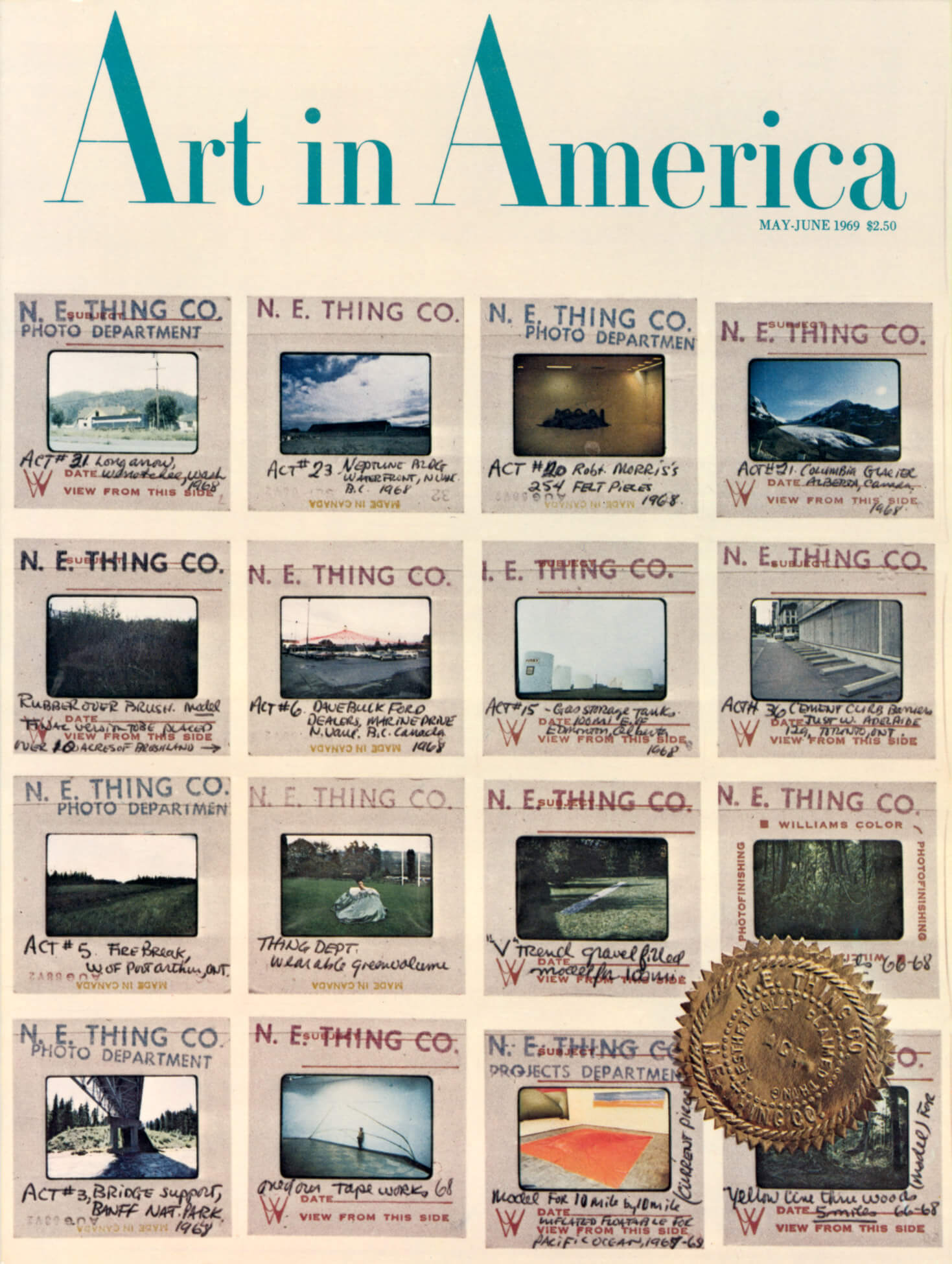
Cover of Art in America (May–June 1969), April 30, 1969
Periodical, 23 × 30.6 cm
Morris and Helen Belkin Art Gallery Archives, Vancouver
In 1969, the May-June issue of Art in America featured a cover that showed sixteen 35mm colour slides depicting banal scenes of buildings, bridges, landscapes, art installations, and more, labelled with the acronym ACT, which stands for “Aesthetically Claimed Thing.” Created by the Vancouver-based art collective N.E. Thing Co. (NETCO) (active 1966–1978), the cover unequivocally conveyed the collective’s conceptual approach to artmaking: by making photographs of and labelling things in the world, those objects became works of art themselves. Formed in 1966 by British-born Iain Baxter (now IAIN BAXTER&) (b.1936) and American-born Elaine Ingrid Hieber (b.1938), NETCO merged art, commerce, and everyday life to become a leader in Conceptual art in Canada.
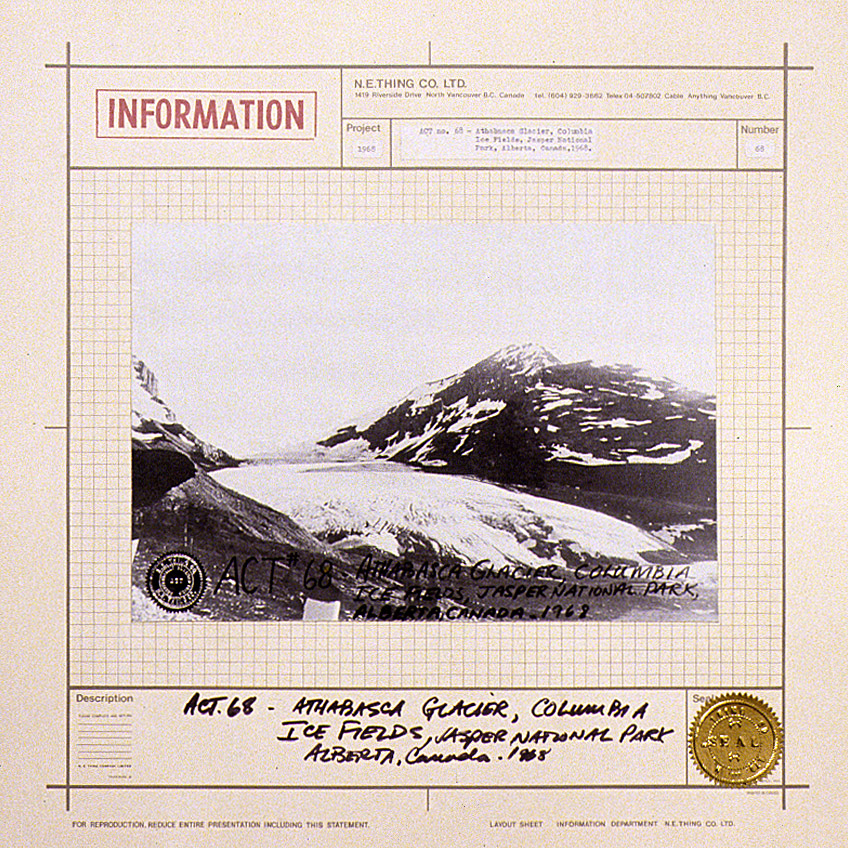
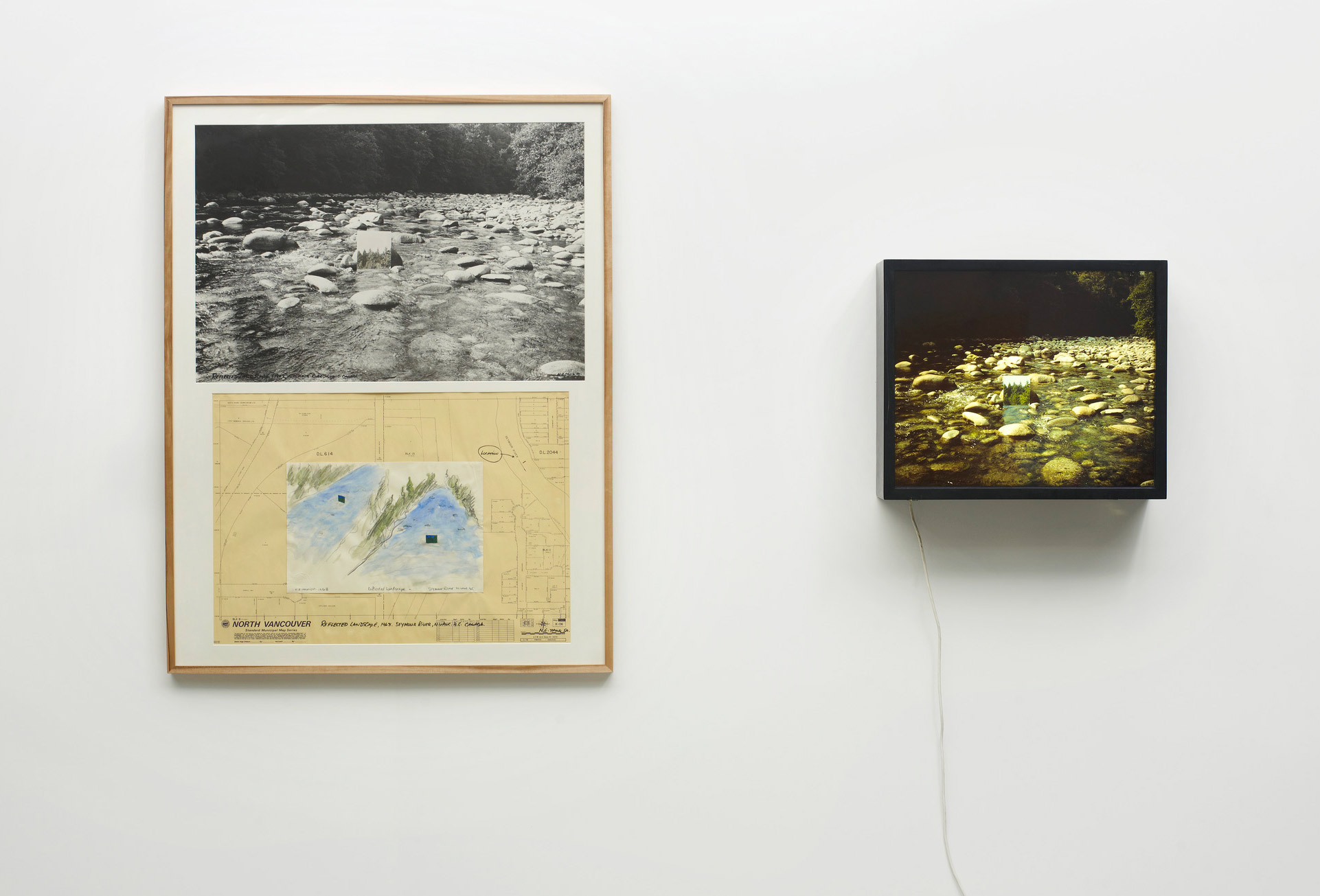
The artists of NETCO worked together in a variety of media, including photography, and were influenced by the ideas of communications theorist Marshall McLuhan. NETCO adapted the structure of a corporation to their art practice by, for instance, naming themselves co-presidents of their company and using a gold corporate seal as the group’s signature, seen in the lower right corner of Information Sheet: ACT 68, Athabasca Glacier, Columbia Ice Fields, 1968.
Landscape has particular resonance for many artists on the west coast, and NETCO explored new approaches in works such as Reflected Landscape, 1968. They created this work by placing mirrors in the river near their home, making photographs at different angles and distances, and combining these images with other elements, such as drawings and maps, to challenge landscape art traditions. In Imprint, P.E.I., Canada, 1969, they mimicked the conventions of mapmaking by transposing maps on the land to show the arbitrary nature of dividing and labelling it. Drawing on the methods of advanced capitalism in unique and challenging ways, NETCO bolstered the Conceptual orientation of the Vancouver art scene and influenced a generation of artists.

 About the Authors
About the Authors
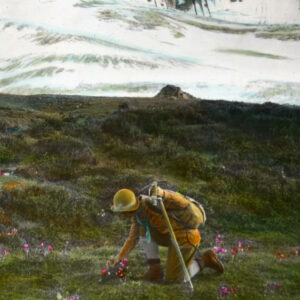 More Online Art Books
More Online Art Books
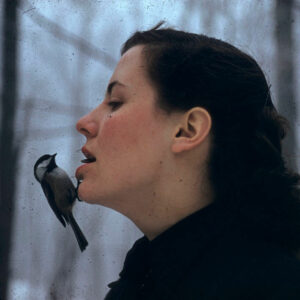 Acknowledgements
Acknowledgements